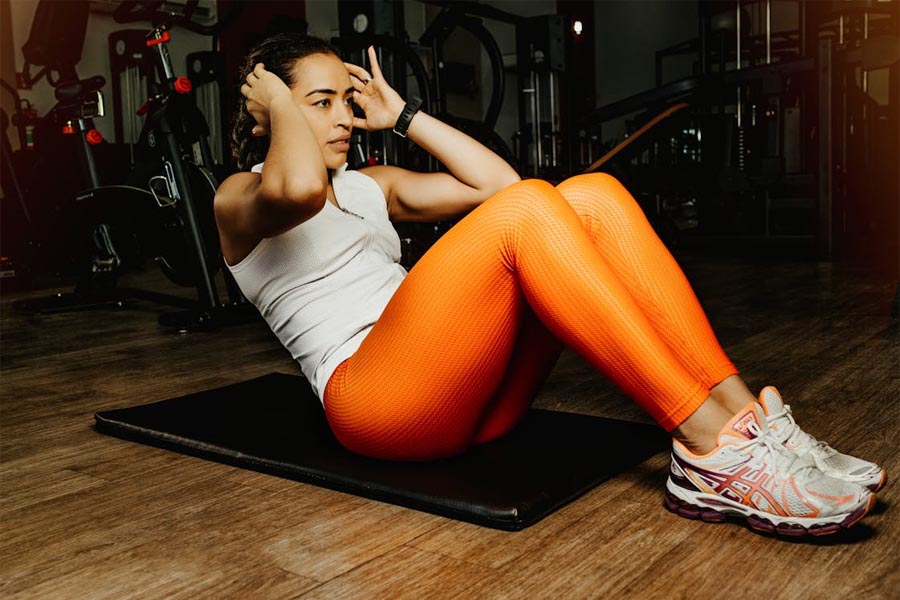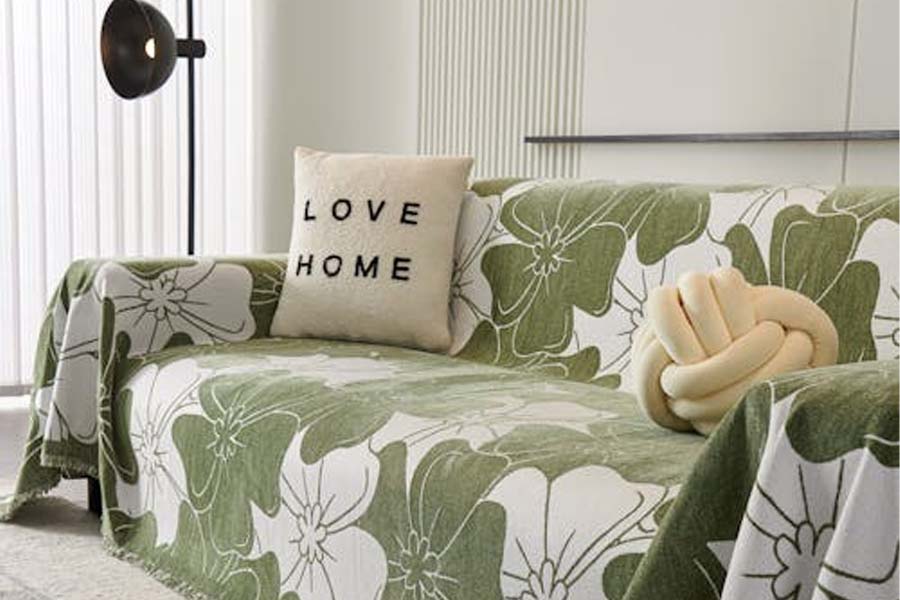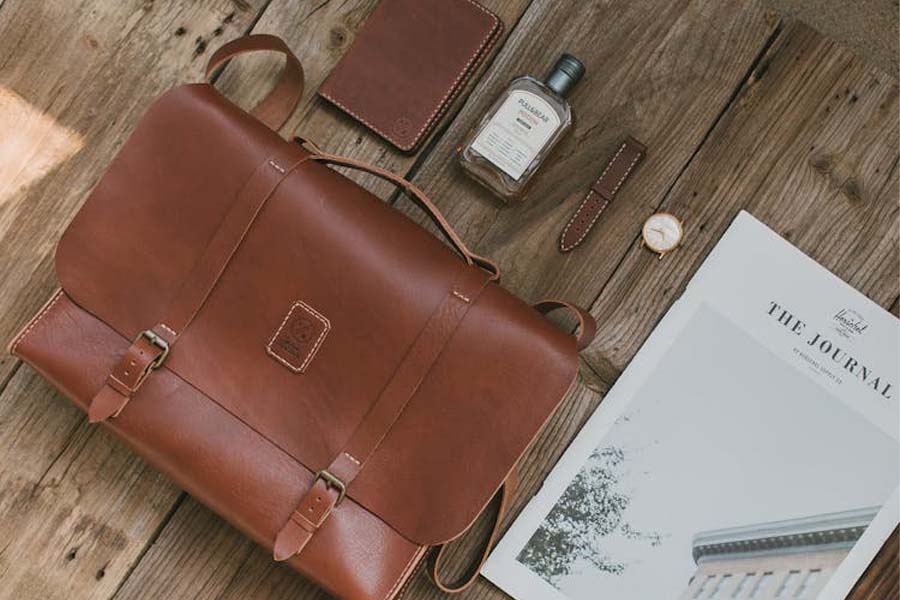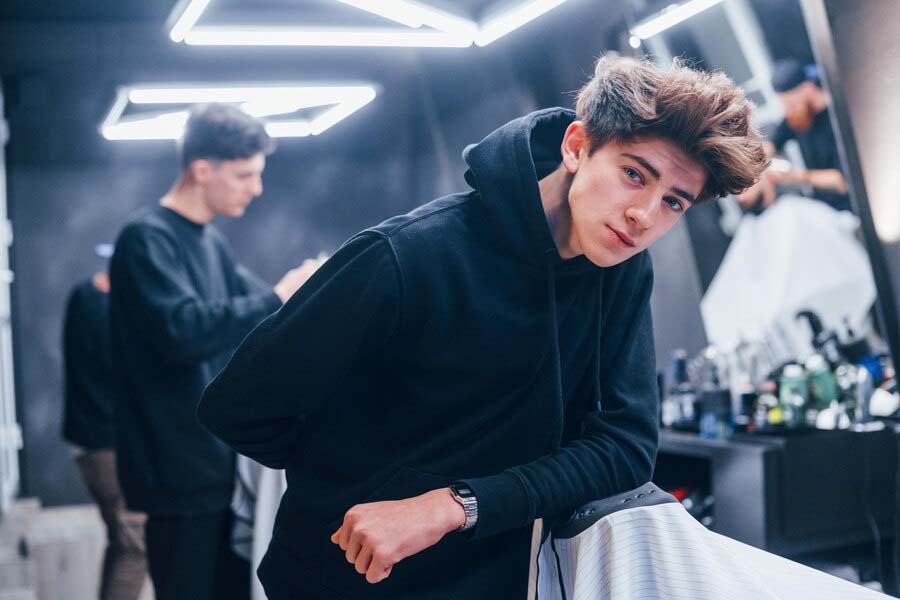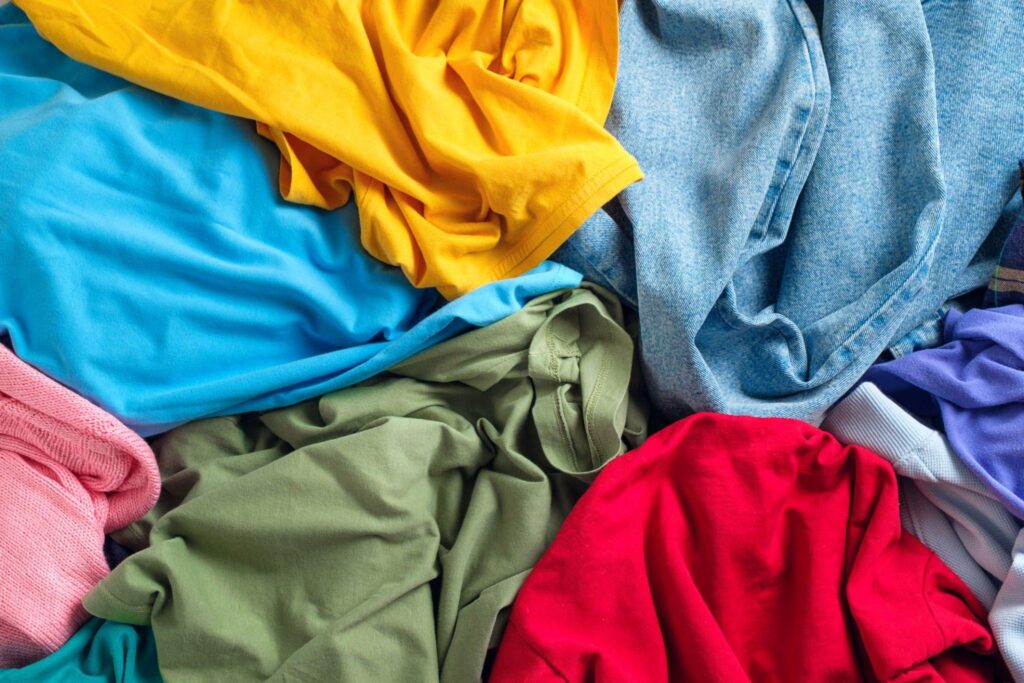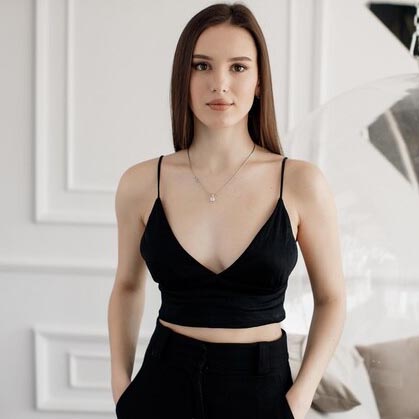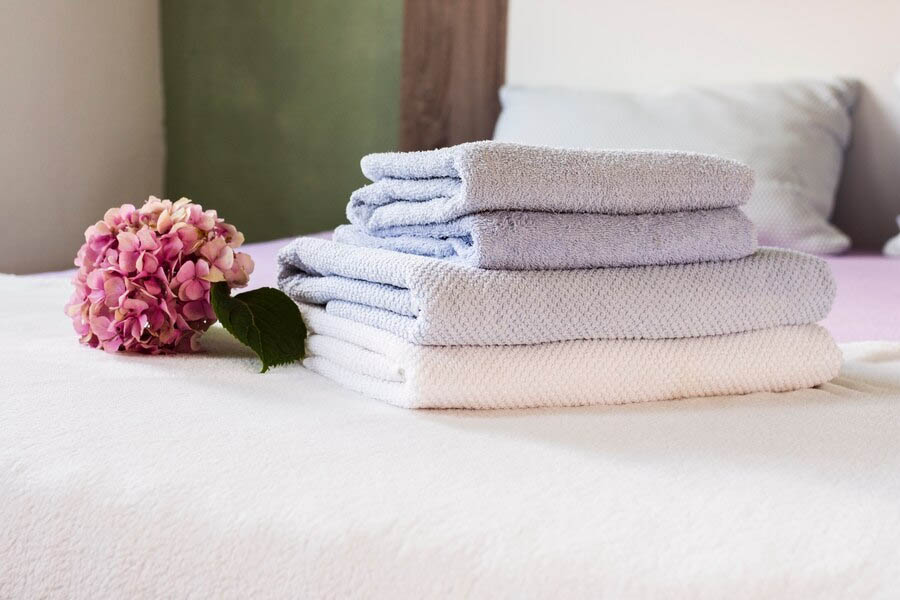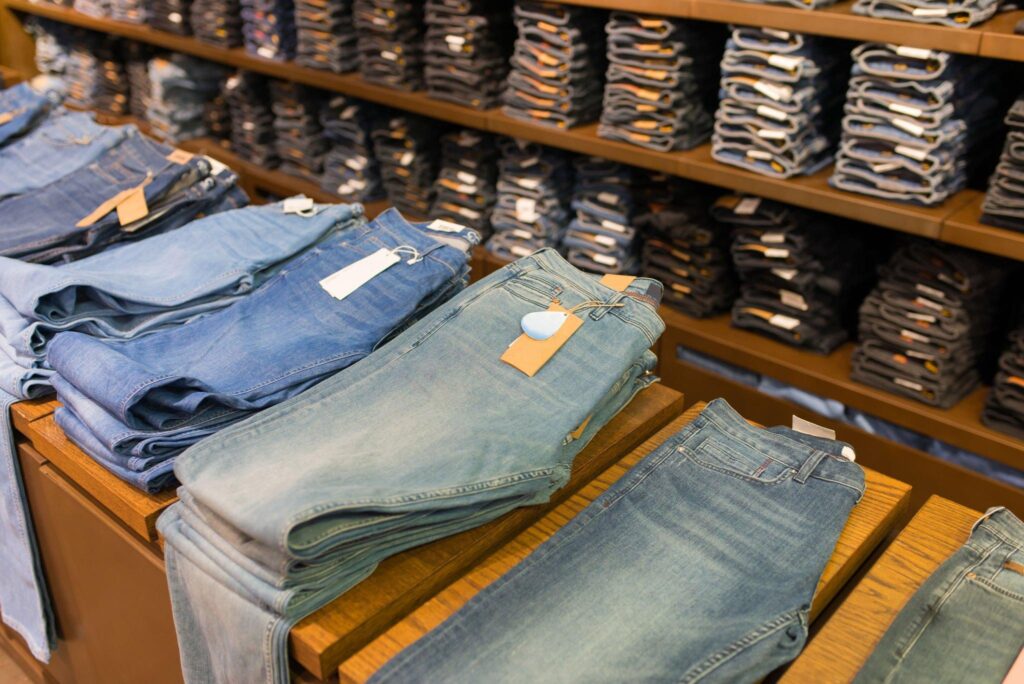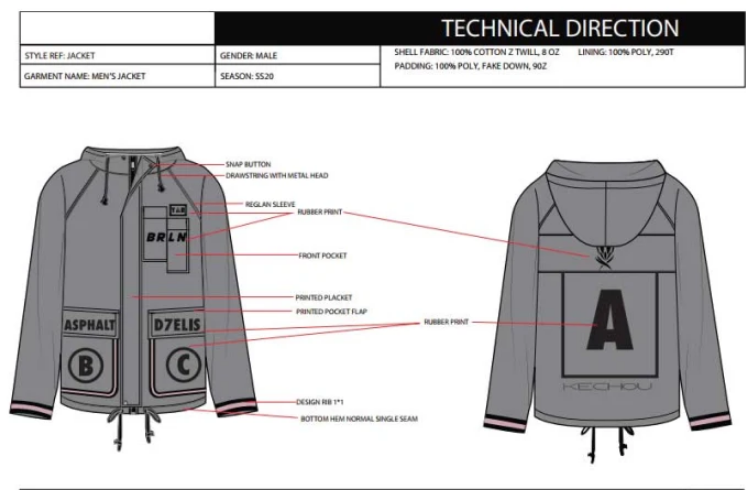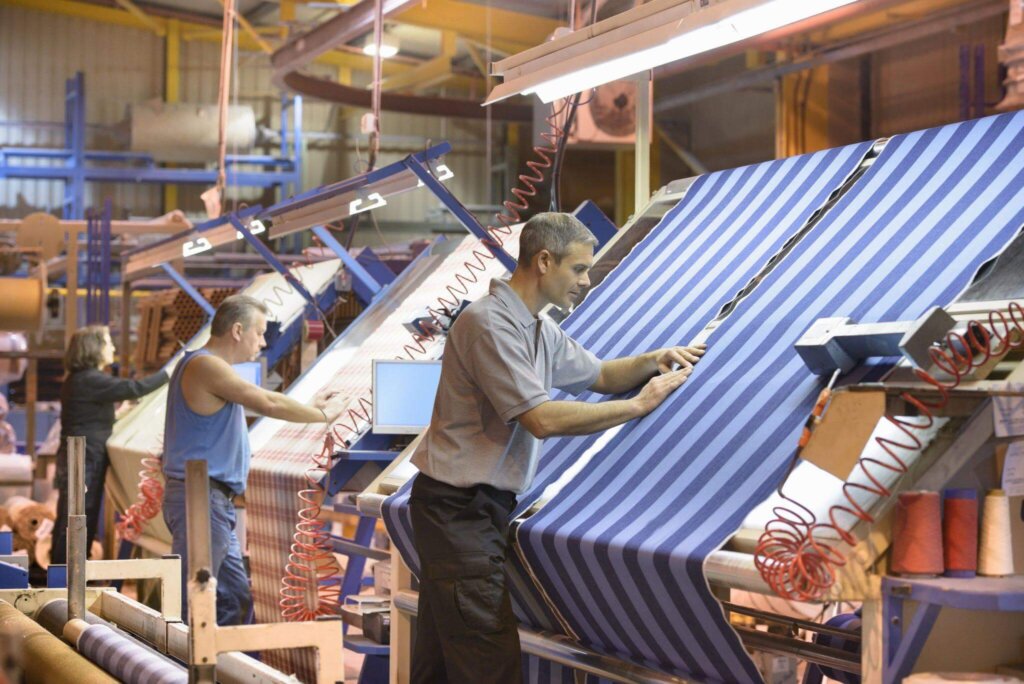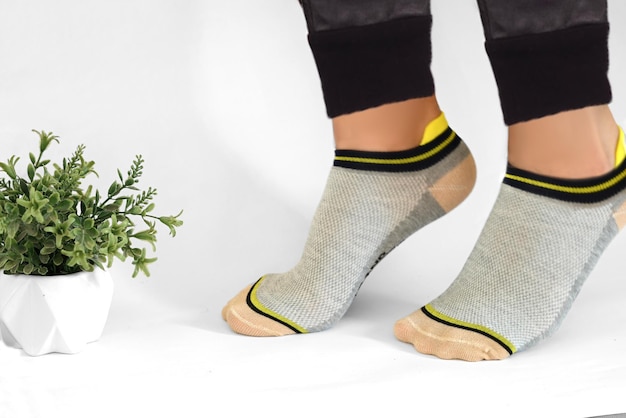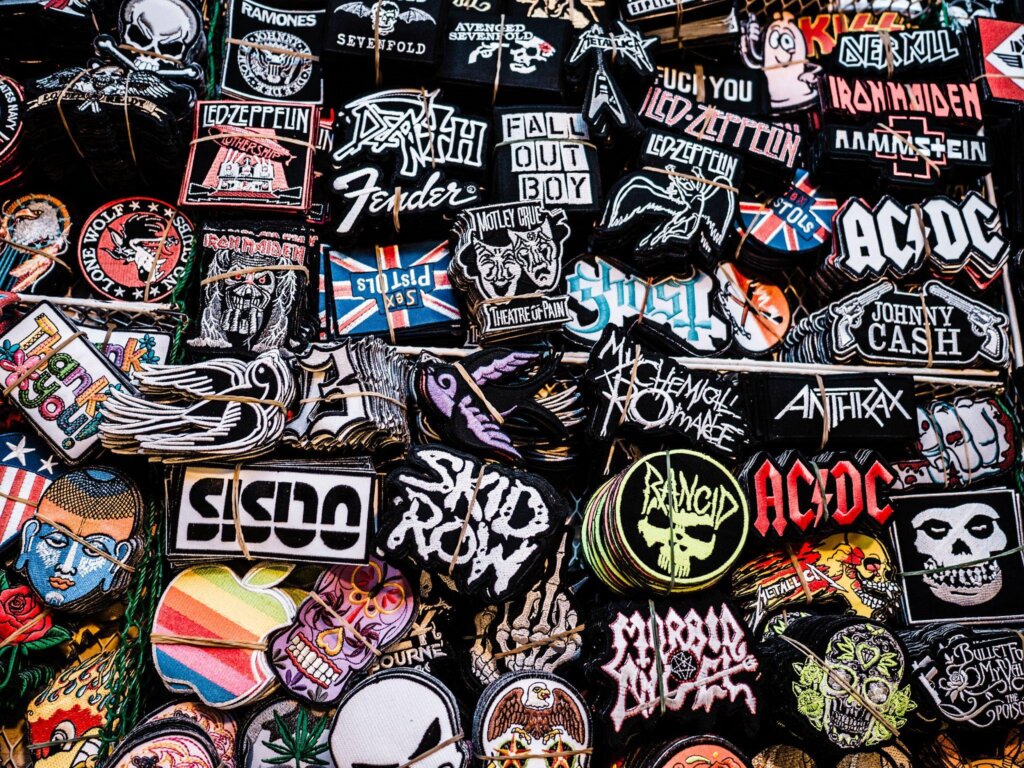6 Different Types of Activewear Fabrics
Performance fabrics constitute the foundation of modern athletic apparel, directly impacting thermoregulation, mobility, and durability. This technical guide examines six engineered textiles with scientific specifications for product developers. Ludyway’s advanced material laboratory develops proprietary fabric solutions for performance sportswear across diverse disciplines.
Technical Fabric Selection Criteria
Optimal activewear materials must satisfy these engineered properties:
- Moisture vapor transmission: >4000 g/m²/24h (ISO 11092)
- Stretch recovery: >92% after 5000 cycles (ASTM D2594)
- UPF rating: 40+ (AATCC 183)
- Chlorine resistance: >100 hours exposure (ISO 105-E03)
Cotton: Engineered Performance

- Technical specs: 24/1 Ne combed yarn; 180-220 GSM
- Performance: Moisture regain 8.5%; air permeability 100 cm³/cm²/s
- Innovations: TransDRY® technology enhances wicking by 40%
- Applications: Low-intensity team uniforms
Ludyway’s nano-finishing treatments mitigate cotton’s sweat absorption limitations.
Polyester: High-Performance Engineering
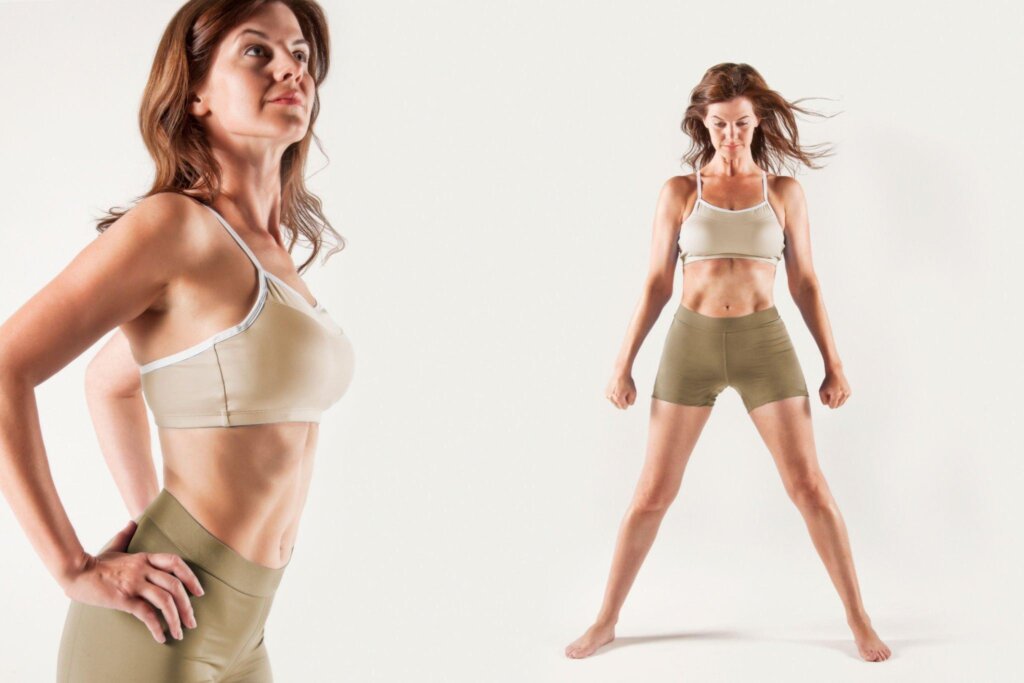
- Technical specs: 75D/72F microfilament; moisture wicking >4500 g/m²/24h
- Performance: UV resistance >500 hrs Xenon; pilling resistance 4.5+
- Innovations: Channeled fibers with capillary action technology
- Applications: Endurance compression leggings
Synthetic Blends: Precision Formulations
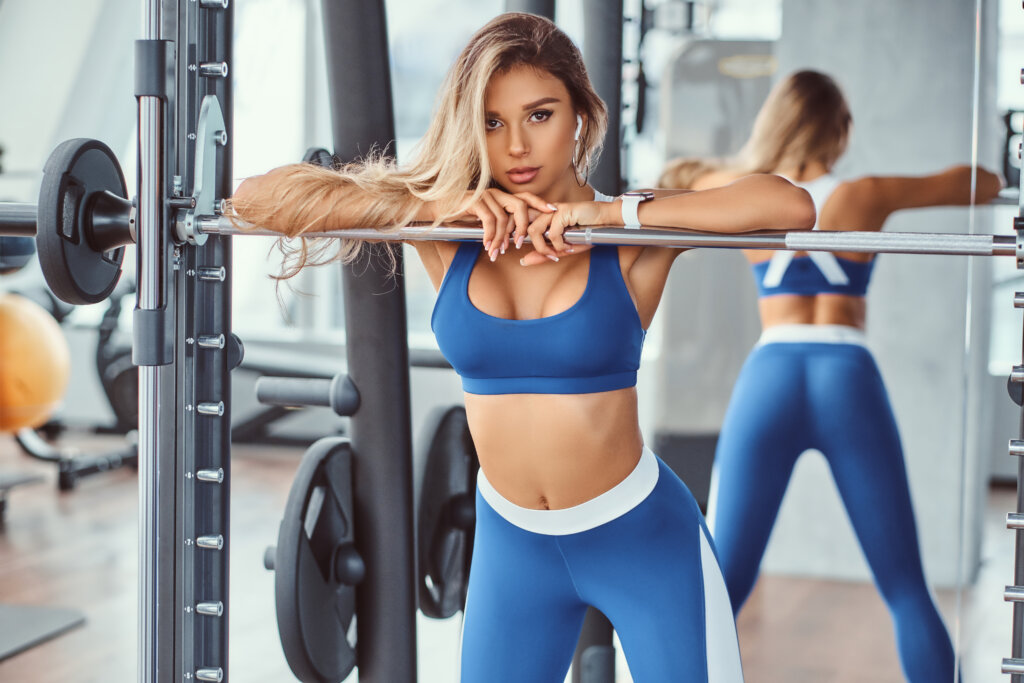
- Technical specs: 82% Polyester/18% Spandex (230 GSM)
- Performance: 4-way stretch ≥180%; recovery >95%
- Innovations: Bi-component spinning for moisture mapping
- Applications: High-intensity technical activewear
Ludyway’s eco-synthetics utilize 30% recycled content without performance compromise.
Bamboo Fiber: Natural Engineering
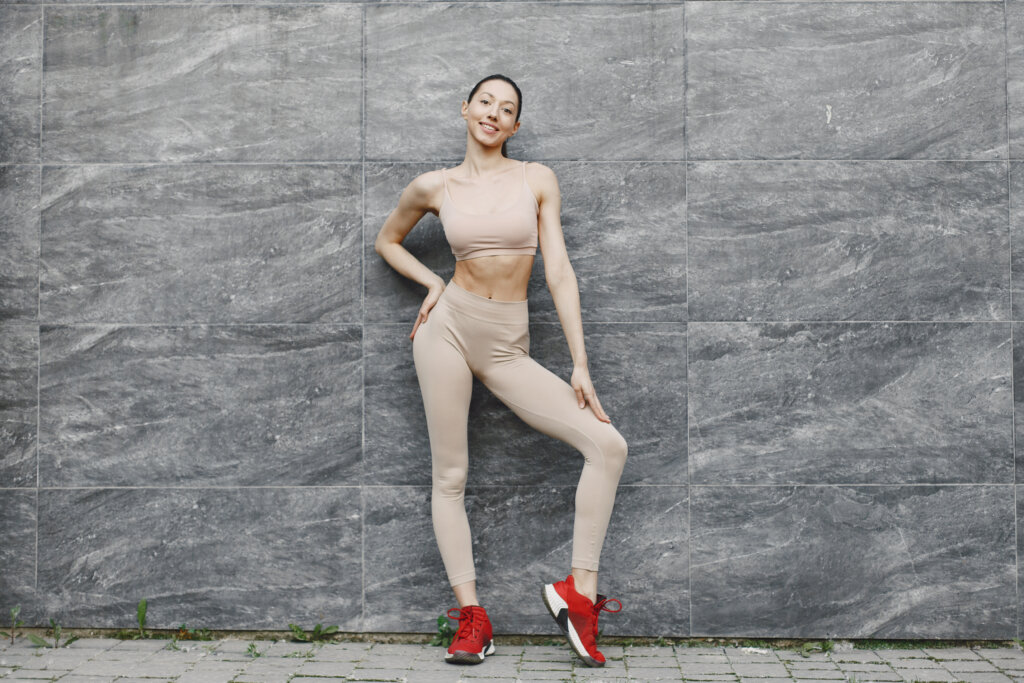
- Technical specs: 1.5 dtex; 160-190 GSM
- Performance: Natural bacteriostasis >99%; UPF 50+
- Innovations: Lyocell processing with closed-loop recycling
- Applications: Yoga and mindfulness wear
Microfiber: Precision Engineering
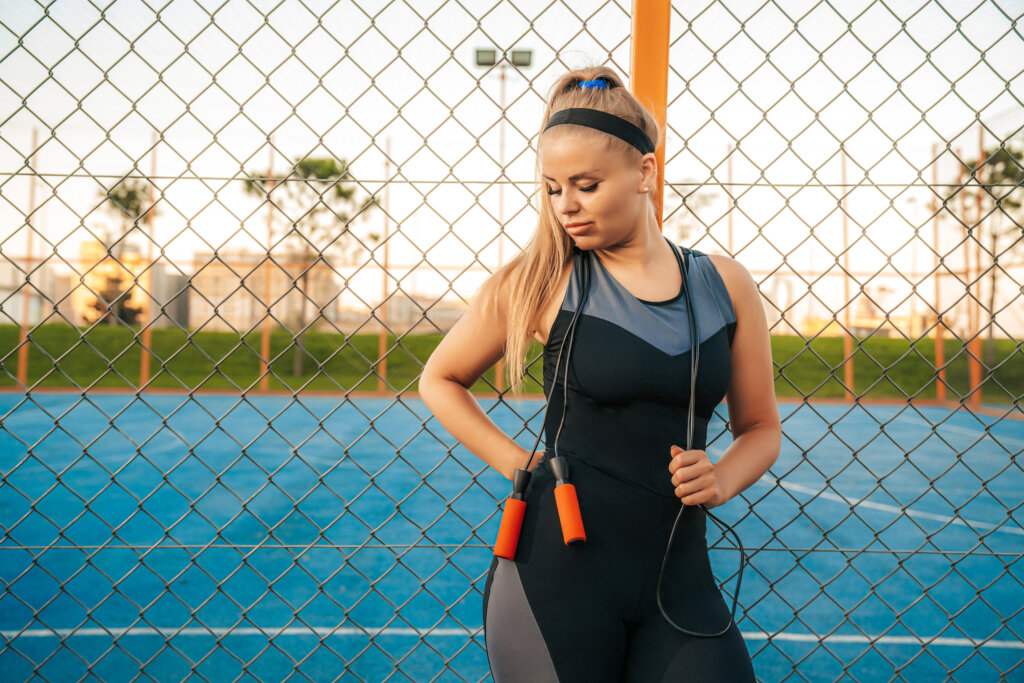
- Technical specs: 0.8-1.2 denier; 18μm filament diameter
- Performance: Water absorption >400% weight; drying time <15 min
- Innovations: Split-yarn technology for increased surface area
- Applications: High-sweat management layers
Nylon: Technical Performance
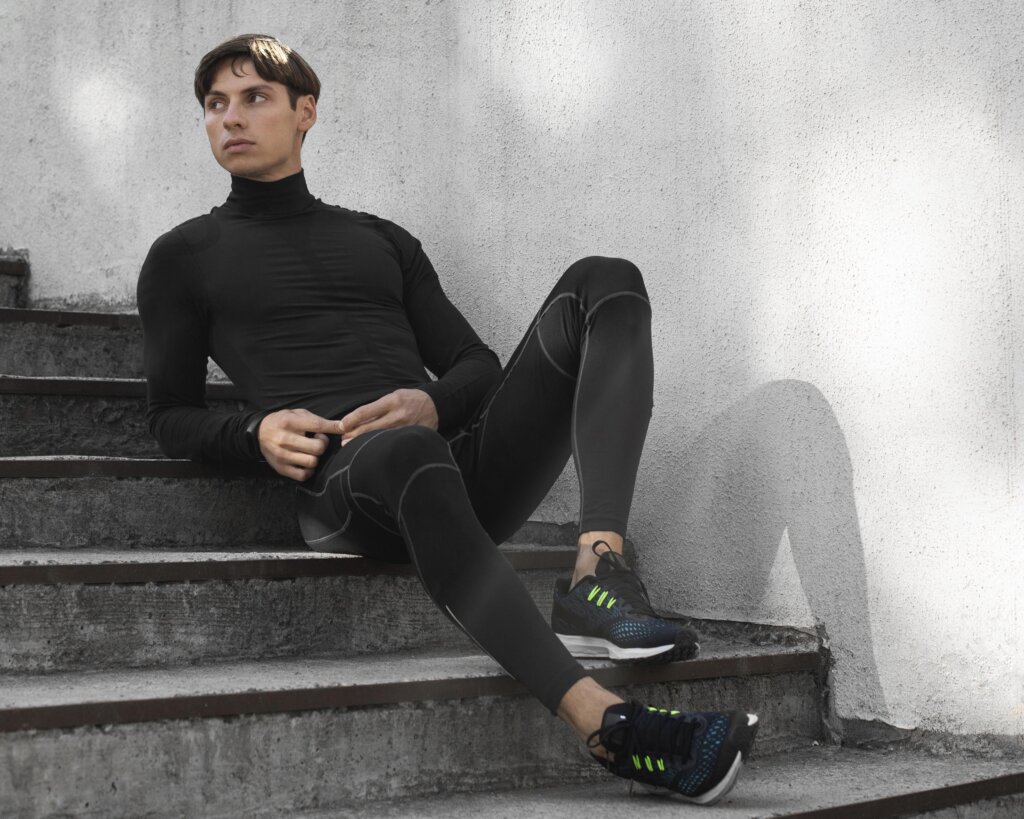
- Technical specs: 40D/34F; abrasion resistance >60,000 cycles
- Performance: Tensile strength 8.8 g/den; melting point 260°C
- Innovations: Hexagonal cross-section for light diffusion
- Applications: Outdoor athletic hoodies
Performance Selection Matrix

| Fabric | Moisture Wicking | Durability | Stretch | Ideal Activity |
|---|---|---|---|---|
| Engineered Cotton | ★★☆☆☆ | ★★★☆☆ | ★★☆☆☆ | Low-intensity training |
| Performance Polyester | ★★★★★ | ★★★★☆ | ★★★☆☆ | Endurance sports |
| Synthetic Blend | ★★★★☆ | ★★★★★ | ★★★★★ | High-intensity interval training |
| Bamboo Lyocell | ★★★☆☆ | ★★★☆☆ | ★★☆☆☆ | Mind-body disciplines |
Critical Selection Factors
Durability Engineering
- Martindale abrasion: >30,000 cycles (ISO 12947)
- Pilling resistance: ≥4 (ISO 12945)
- Tensile strength: Warp >250N, Weft >180N (ASTM D5034)
Thermoregulation Science
- Thermal conductivity: 0.026-0.042 W/m·K
- Moisture management: OMMC >0.8 (AATCC 195)
- Air permeability: >100 mm/s (ISO 9237)
Biomechanical Compatibility
- Stretch modulus: 5-15 N/cm (ASTM D4964)
- Recovery angle: >300° after 5 min (ASTM D4032)
- Seam slippage: ≤3mm (ISO 13936-1)
Ludyway conducts 3D body mapping to optimize panel construction.
Technical Conclusion
Optimal activewear requires:
- Activity-specific fiber engineering
- Performance validation testing
- Precision pattern engineering
Ludyway provides:
- Custom fabric development
- Biomechanical prototyping
- Performance certification
For technical specifications or material sourcing, contact info@ludyway.com.


